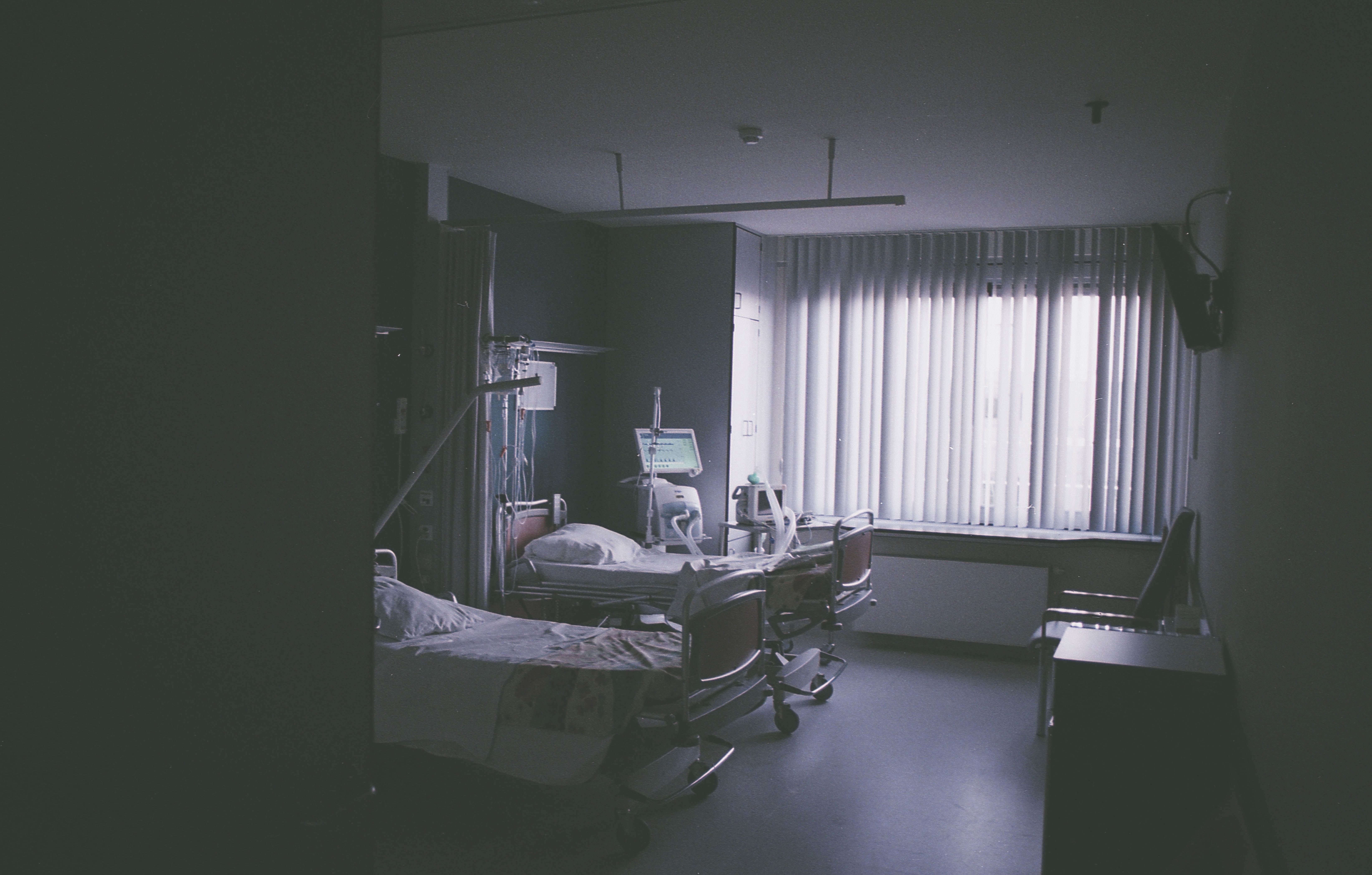Fewer MRSA Cases When Facilities Practice Surveillance and Contact Precautions
The Veterans Administration reported a reduction in the bacterial infection in healthcare settings where infection prevention practices were continued.

Acute care hospitals are significant settings for Methicillin-resistant Staphylococcus aureus (MRSA) healthcare-associated infections (HAIs), which are opportunistic bacterium that are challenging to try to prevent.
With a large number of acute care hospitals, the Veterans Administration (VA) is a significant healthcare system, and it an excellent source to study how to prevent MRSA. The appearance of COVID-19, however, forced many facilities to focus its resources on the pandemic. For example, at the onset of the pandemic, all 123 acute care VA health care facilities were offered the option to suspend any combination of active surveillance (AS), contact precautions for patients colonized (CPC) or infected (CPI) with MRSA to free up laboratory resources for COVID-19 testing and conserve personal protective equipment.
Initially, only 20% of facilities continued all 3 MRSA infection control measures in July 2020 but this increased to 57% by June 2022.
In a new study, those facilities that carried out these practices saw a reduction in MRSA.
“In VA, there were fewer MRSA HAIs when facilities practiced active surveillance and contact precautions for colonized or infected patients during the COVID-19 pandemic,” the authors wrote.
The study, “Active Surveillance and Contact Precautions for Preventing MRSA Healthcare-Associated Infections during COVID-19 Pandemic,” was presented at the SHEA conference this week.
The investigators performed a prospective cohort study from July 2020 – June 2022. During their analysis period, there were 917,591 admissions, 5,225,174 patient-days, and 568 MRSA HAIs.
Not only did they see a reduction when infection prevention methods were continued, the investigators also noted the effect was greater in ICUs than non-ICU settings.
“The MRSA HAI rate for all infection sites in non-ICUs was 0.07 (95% CI 0.05-0.08) for facilities practicing AS + CPC + CPI compared to 0.12 (95% CI 0.08-0.19, P = 0.01) for those not practicing any of these strategies,” the investigators wrote. and in ICUs was 0.20 (95% CI 0.15-0.26) and 0.65 (95% CI 0.41-0.98, P < 0.001) for the respective policies,” the investigators wrote.
The also said similar differences were seen when the analyses were restricted to MRSA bloodstream HAIs.
